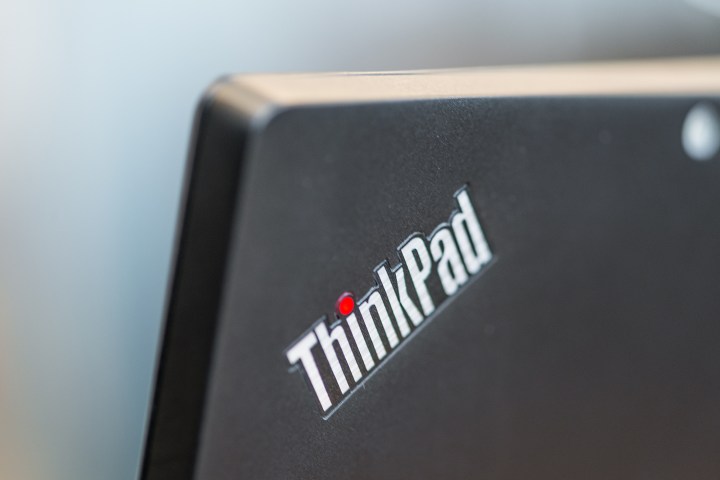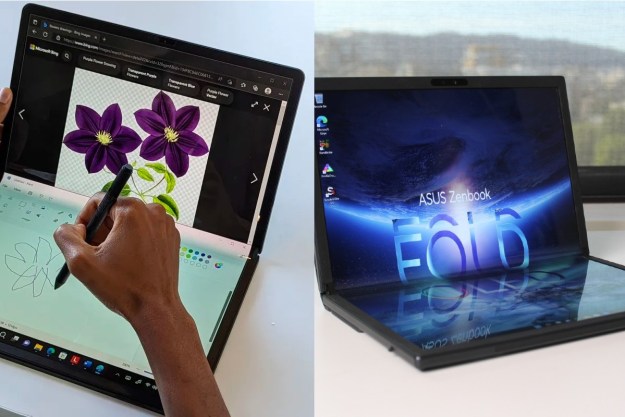
Lenovo could debut its new vision for a dual-screen tablet computer by as early as late next year. The company is no stranger to experimenting with innovative form factors, having recently announced that it replaced the traditional keyboard with a secondary screen on one of its new Yoga models. However, with this new dual-screen tablet, like the recently unveiled Microsoft patent for Project Andromeda, could also forgo using two displays in favor of a single, foldable panel.
“LG Display will work with Lenovo, the world’s largest PC maker, to develop a foldable tablet that folds the screen,” a translation of South Korean publication ET Times reads. “The tablet will be equipped with a 13-inch foldable panel. 13 inch is the screen size that can be seen on a tablet or notebook now.”
If accurate, Lenovo’s folding screen PC could measure just eight or nine inches when folded, making it more compact for travel. With a 13-inch 4:3 panel, the screen could measure about nine inches. A 16:9 aspect ratio would mean that the screen could be reduced to just eight inches when folded.
Citing an industry insider, the publication reported that LG Display had entered into a non-disclosure agreement with Lenovo to supply the 13-inch foldable panel by the second half of next year.
A foldable screen would allow phones, tablets, and laptops to dramatically increase the viewable screen area while still maintaining a compact form factor when the display is folded down for travel. Another benefit, according to LG Display, is that by being able to fold the screen, the display will be better protected, adding to a device’s durability.
The downside is that these devices will come with a premium, at least initially. Microsoft is said to have placed its Project Andromeda concept on hold in order to find the right market and use cases for such a device. If early speculation is accurate, Project Andromeda could eventually launch under Microsoft’s Surface umbrella as the Surface Phone.
In addition to Lenovo, a number of other technology companies in the computer and smartphone spaces are also racing to launch devices with foldable screens. Samsung and Huawei have each made their ambition to launching a foldable smartphone in the near future no secret. Most recently, at the Computex trade show, Intel and its partners showed a number of dual-screen PC concepts, but those devices utilize two distinct screen panels rather than a single display that can fold.
In addition to Lenovo, ET Times also reported that LG Display is also working on foldable screens for other partners, including Dell and LG Electronics.
Editors' Recommendations
- I saw Lenovo’s futuristic transparent laptop, and it absolutely stunned me
- Why the Dell XPS 13 Plus still beats the latest competition in little laptops
- Why the latest ThinkPad X1 Yoga Gen 8 isn’t worth the upgrade
- The ThinkPad X1 laptop line embraces recycled magnesium and aluminum
- Microsoft Surface Pro 9 vs. Lenovo IdeaPad Duet 5i: which 2-in-1 is best?


